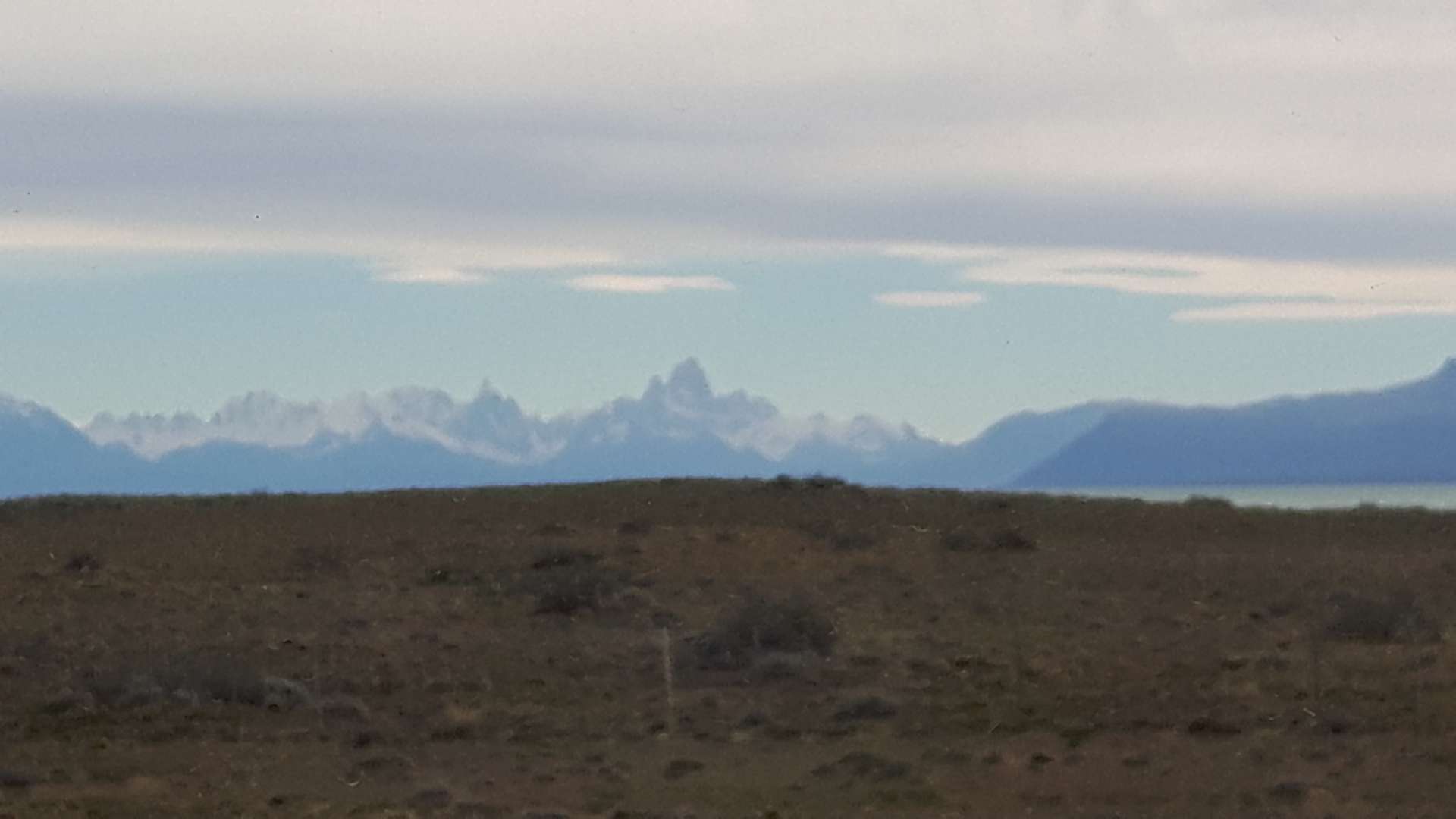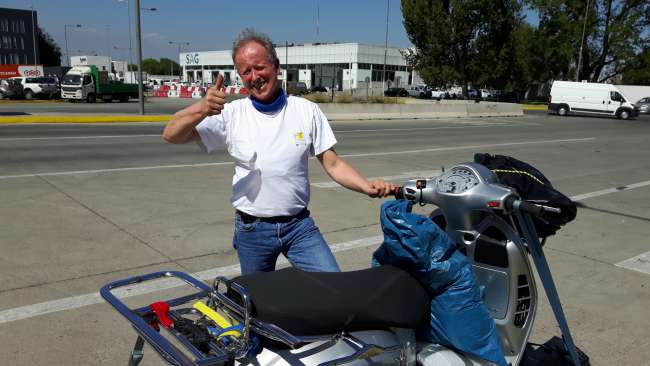ab 24.10.: Huancayo - 3,550 m -
प्रकाशित: 25.10.2017
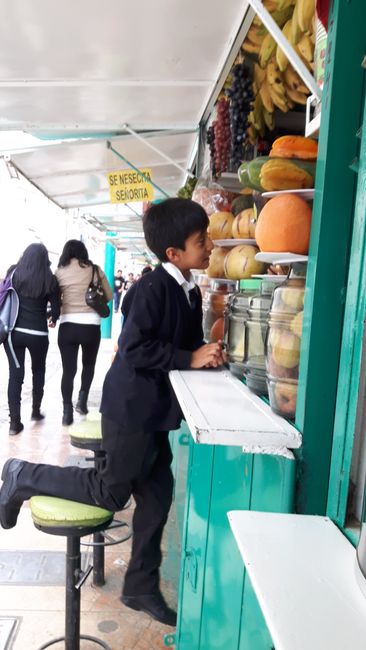
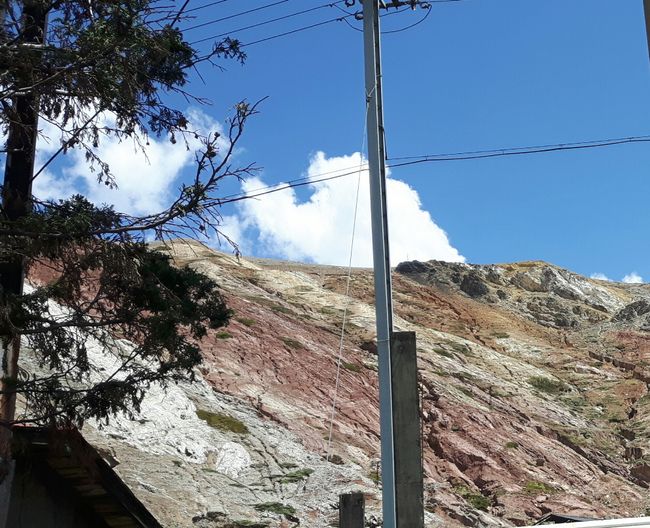
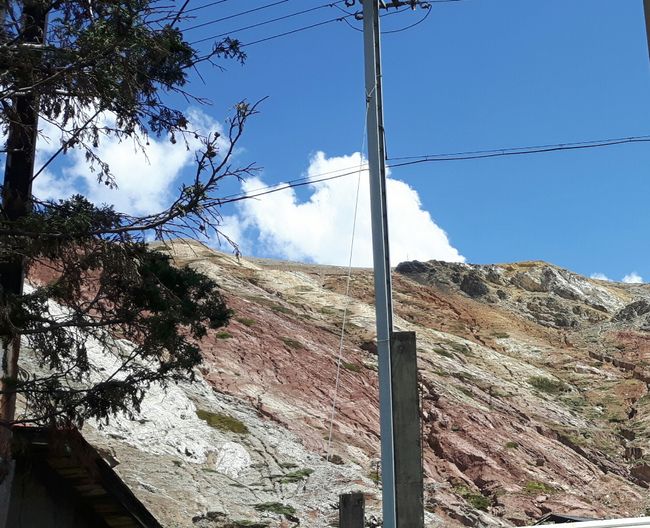
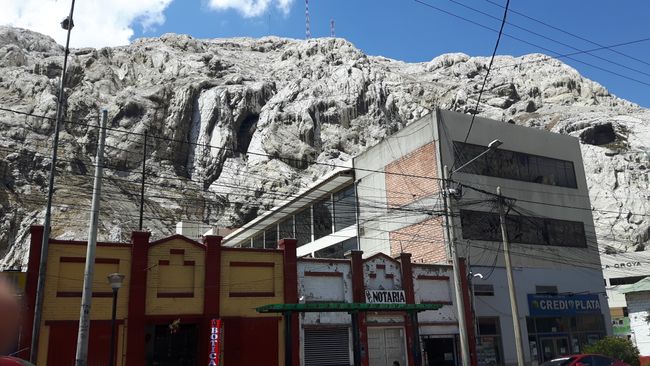
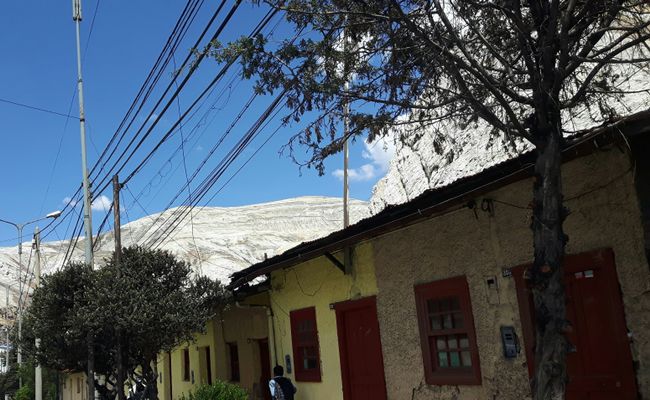
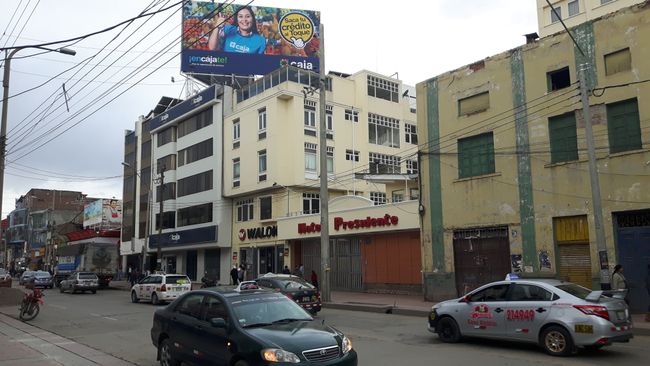
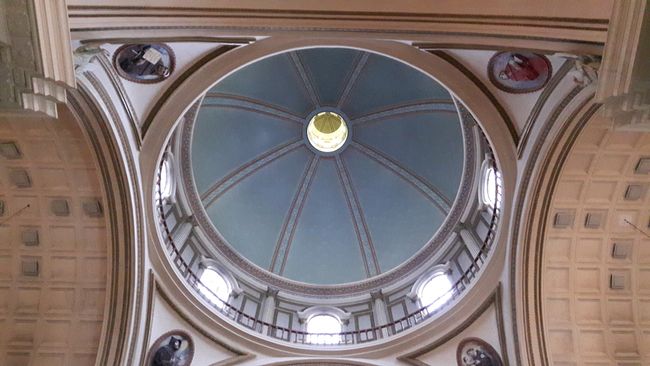
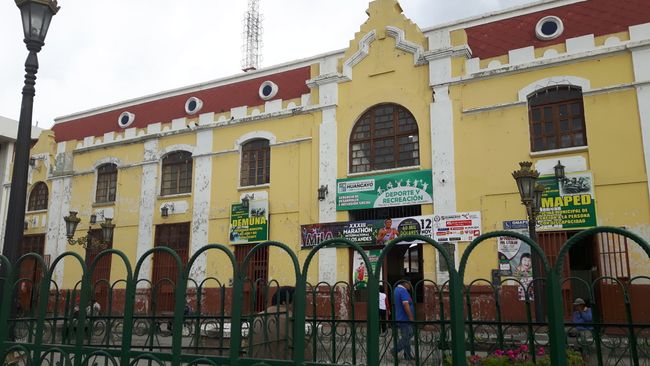
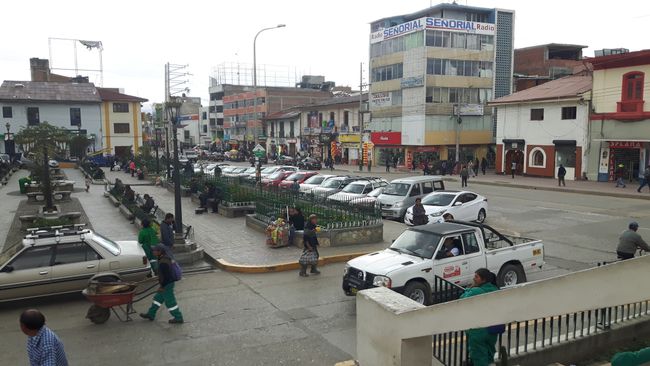
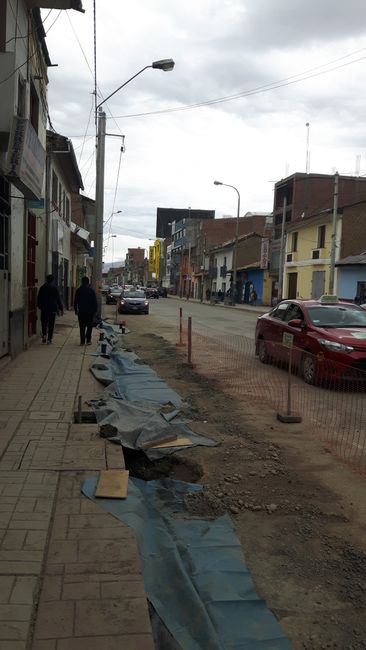
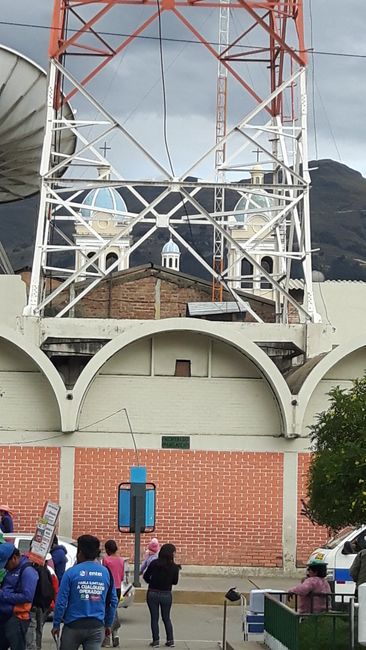
समाचारपत्रको सदस्यता लिनुहोस्
24.10.
four horse blankets on top of each other. It didn't help. This is also because the cold penetrates through the concrete walls.
Next time, I will wrap myself in two horse blankets and simply place the others on top. And there will definitely be a next time.
Fortunately, no more rain. It looks like the sun might make it.
In the breakfast room downstairs, some truck drivers are sitting down for a hearty Peruvian breakfast. All doors wide open, and I go along with it.
I order fried eggs with bread rolls and coffee. It turns out to be rice instead of the bread rolls.
The hotel is still under construction, there are no washing facilities yet, but the connections are there. But it's also possible without them. The money has to be earned first.
This house is run by a couple with two children. The grandma is also here, taking care of the youngest one.
Also here, like everywhere I've been where there are children, they just tag along. There's not much time left for playing. Money has to be earned. The majority of Peruvians are self-employed - as mototaxi drivers, street vendors, workshop owners, gastronomers in big or small styles, or as stationary Aunt Emma shops or hardware stores.
Before I set off, I take care of the wasp. I exchange the coolant hose for a longer one and replace the nozzle. I can do it in my sleep now.
The Ice Age is over - the sun is blazing in the courtyard. The slaughtered piglets are in a cool room.
I am watched suspiciously by the grandma. But that's how it always is. Almost everywhere I go, there are pairs of eyes following my every move. Whether on the road during nozzle changes or when packing up - there are hardly any gringos here. Even the kids look at me with big eyes. When I start talking to them, they become more trusting.
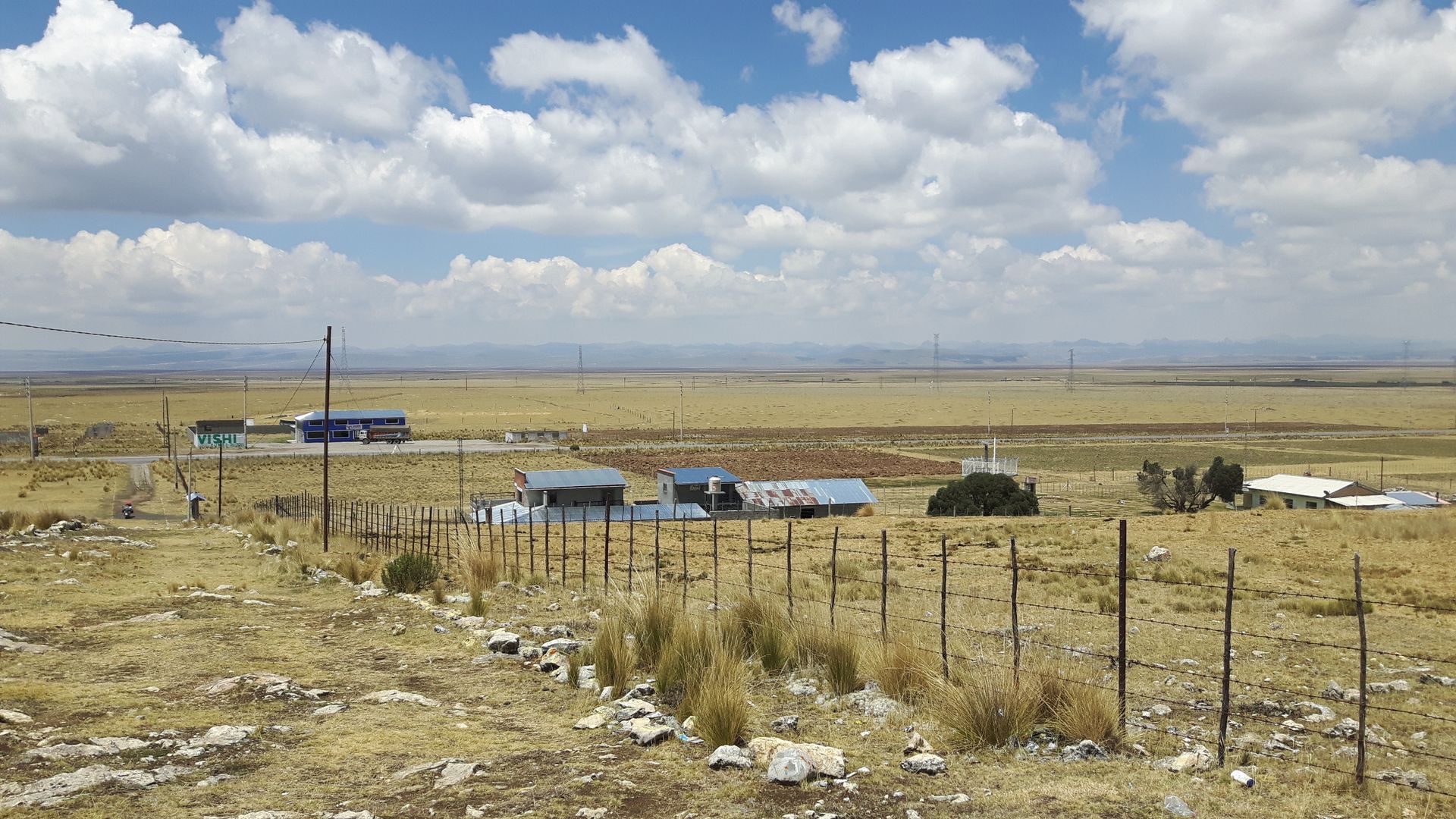
Not visible in the haze - the jagged Andes Range.
The house to the right of the road with the elongated and right-truncated hipped roof was my lodging
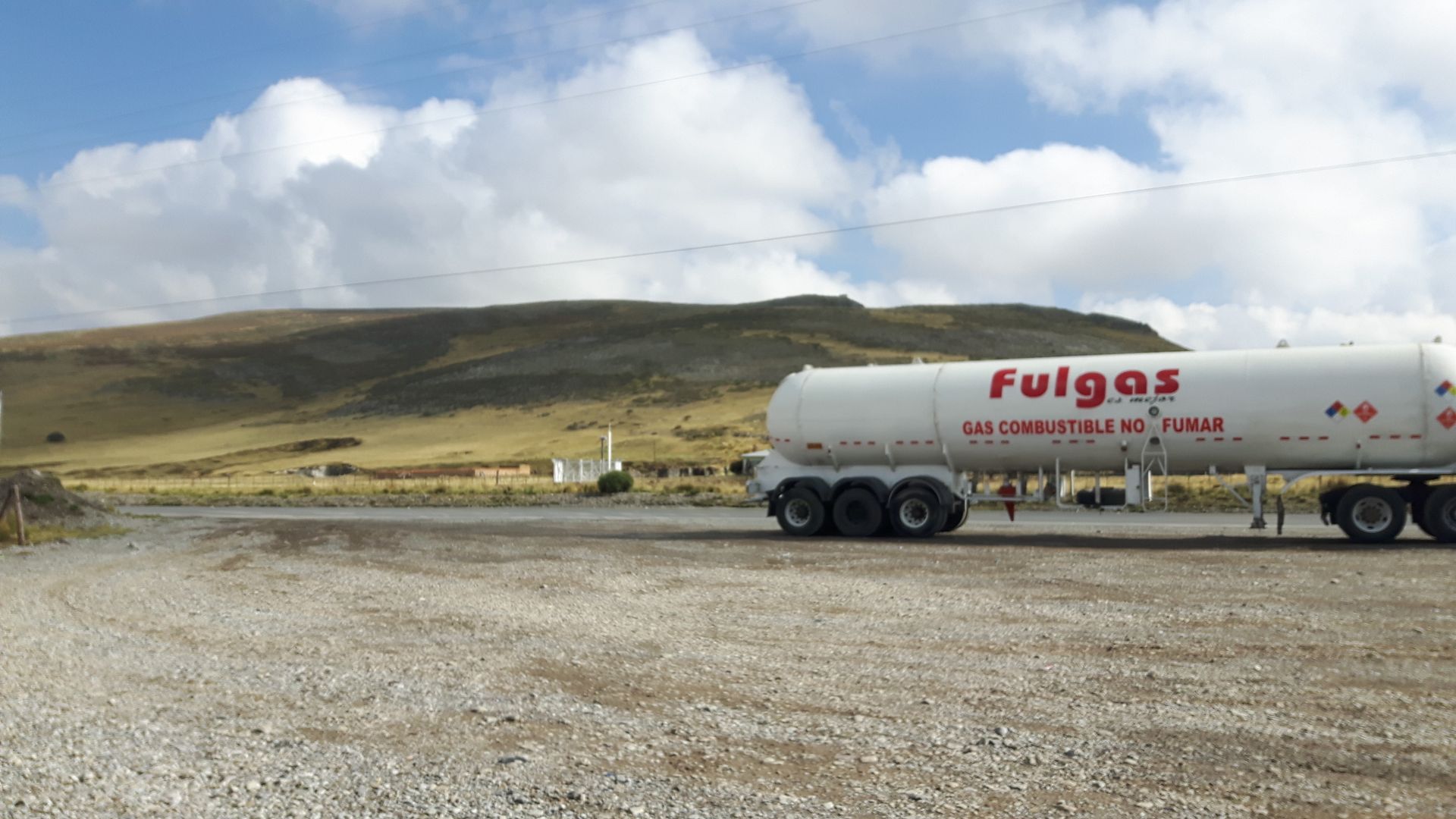
The gas is transported throughout South America by countless trucks, apparently accident-free. There have been no horror stories of exploded gas tankers so far.
And the Peruvian morning news is full of murder stories.
I'm on schedule, taking photos of a church on a small hill and my immediate surroundings here on the high plateau of the Central Andes. My start feels like a false start - after 500 meters, it sputters and dies. It's possible that I was too generous with the fuel supply and should have used a smaller nozzle. I curse quietly.
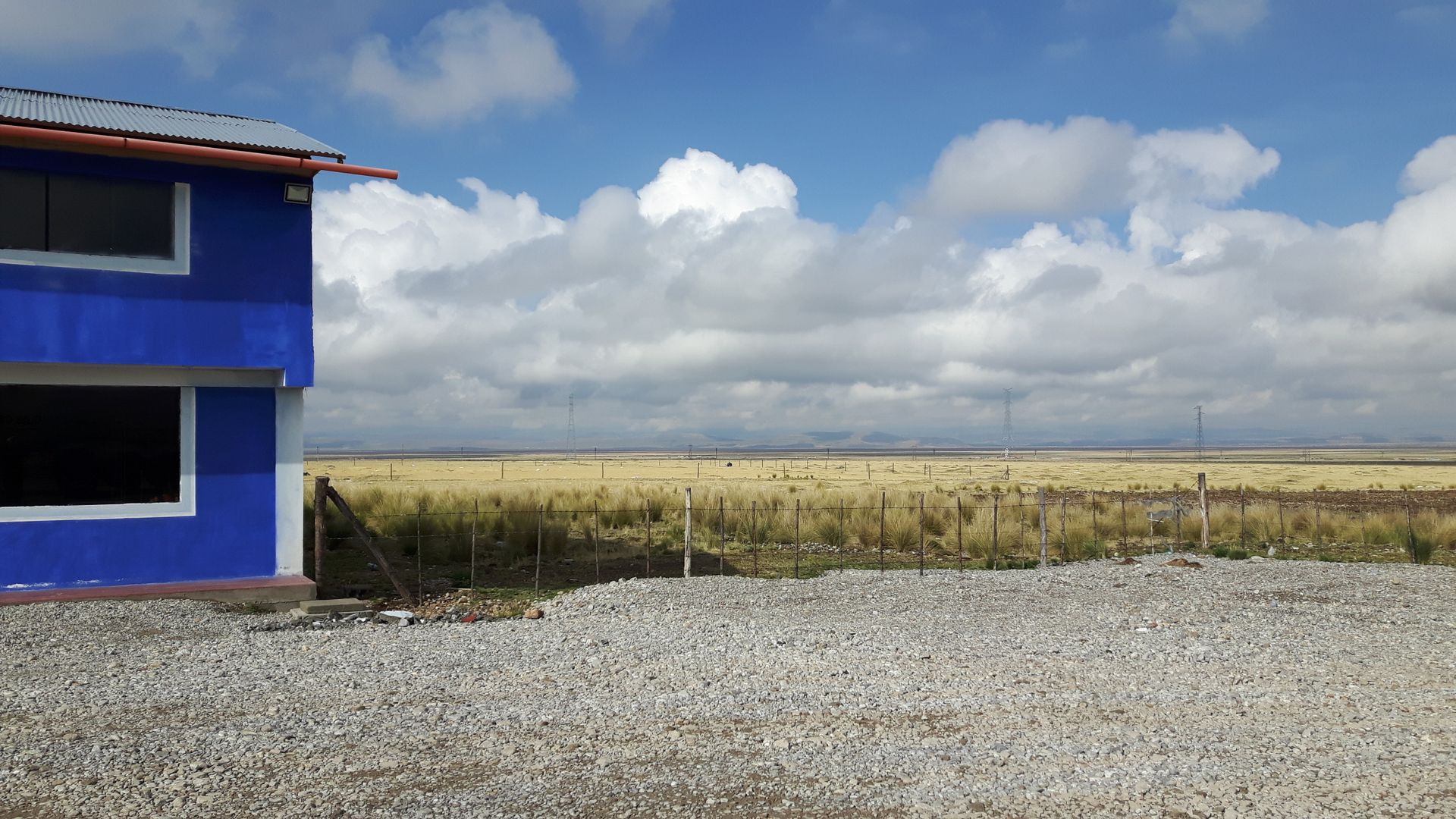
My rescue last night in rain, cold, darkness, and wind.
But then it starts. The road conditions are simply perfect, it's warm, and the scenery is just bleak. Many trucks, but they can easily be overtaken due to the clear road layout.
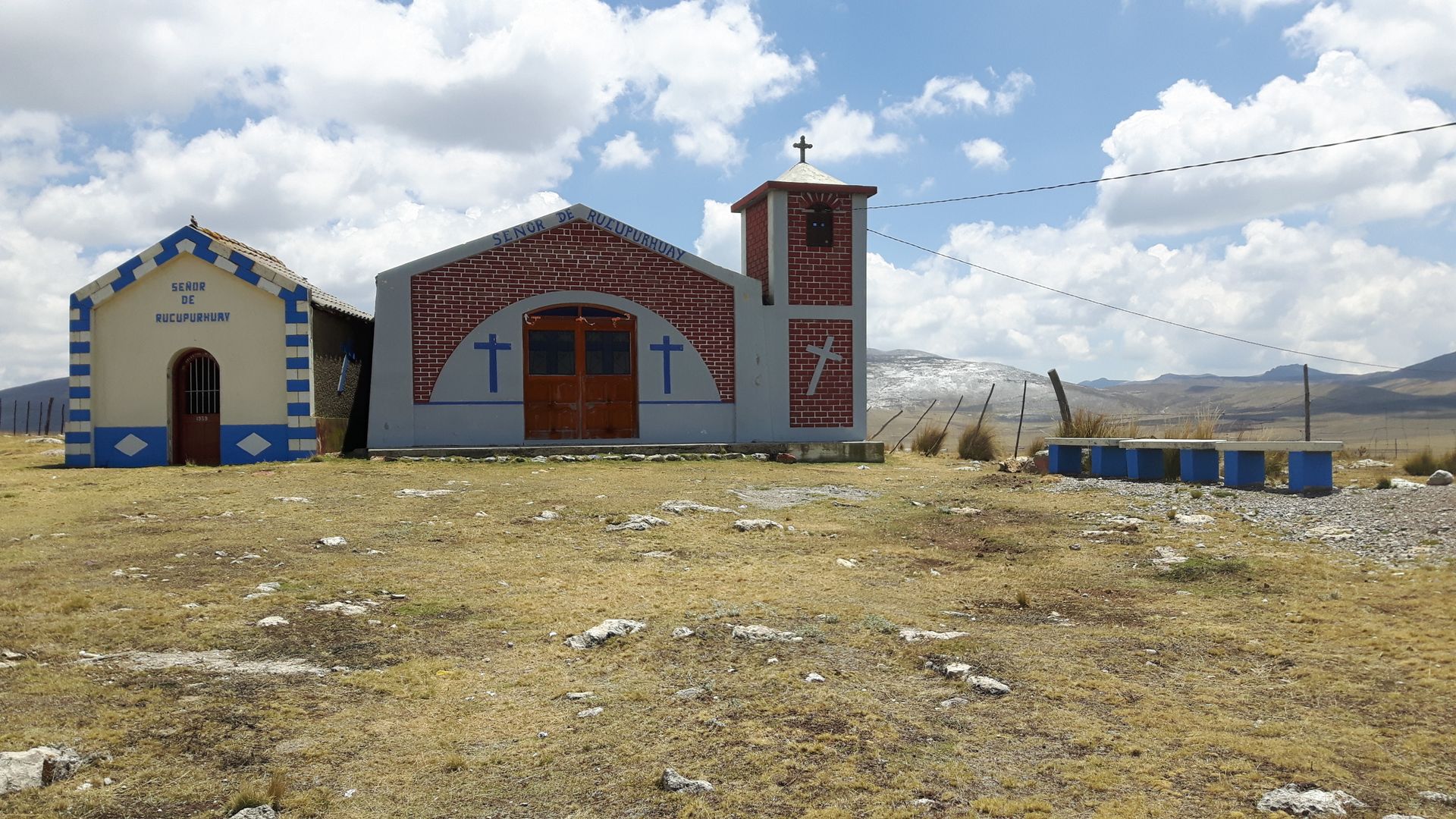
In the background, remnants of yesterday evening's snow.
I can still decide whether to turn left towards Lima after La Oroya or head towards Cusco. I haven't heard anything about spare parts from Lima, so Alex from Cologne will send the ignition switch to Cusco.
Sebastian from Lima, where the package I sent more than 8 weeks ago has arrived, will forward it to Cusco as well. Both shipments will arrive at the 'Flying Dog' hostel, and I'll be waiting there too. Hopefully not the other way around... that's the hostel where the wasp spent a night in the lobby.
The previously barren landscape hardly changes. Instead of the high plateau, I've been accompanied by mountains for some time now, which, according to Wikipedia, are interspersed with lead, copper, zinc, and silver.
600,000 tons of rock have been moved, 55,000 tons of metals washed out with sulfuric acid.
The waste water from the smelters is contaminated with heavy metals, the emissions are sulfur-containing, enriched with lead, arsenic, and cadmium. Precipitation here forms a significant amount of acid rain, which contaminates the potential agricultural areas around the city as well as the Río Mantaro, where the capital's drinking water sources originate (Wikipedia).
The first outskirts of the city of La Oroya are pitiful. It is almost overwhelmed by the mass of rocks that builds up behind it. Only corrugated iron huts flank the 3N. The road makes a sharp left turn into the city center, which looks like any other small Peruvian town. And right here in the construction area, the wasp requests another nozzle change. Fine - it's still adjusted for an altitude of 4,000 meters. We're now moving at an altitude of 3,000 to 3,500 meters - it should have the nozzle.
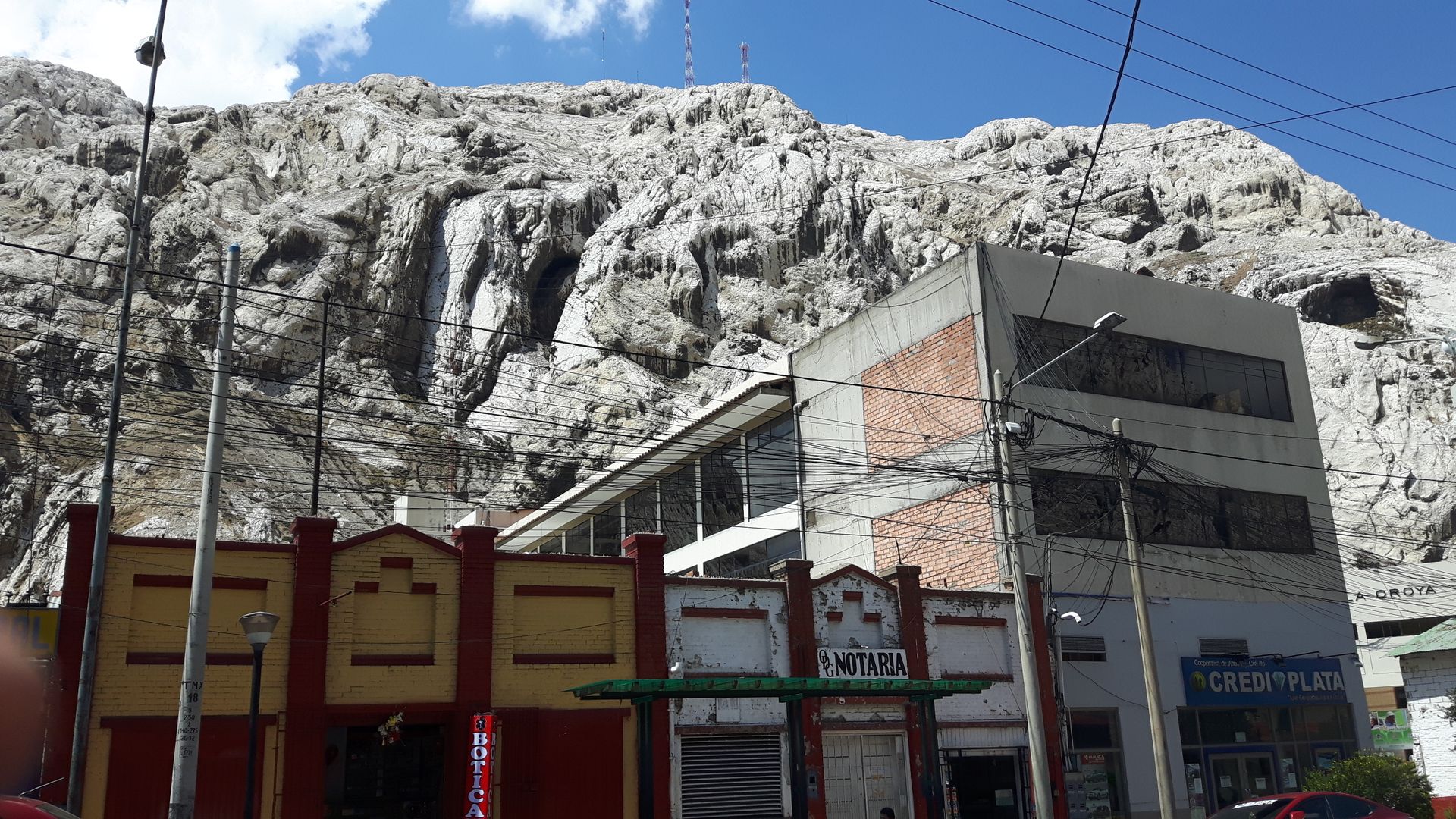
Almost overwhelmed.
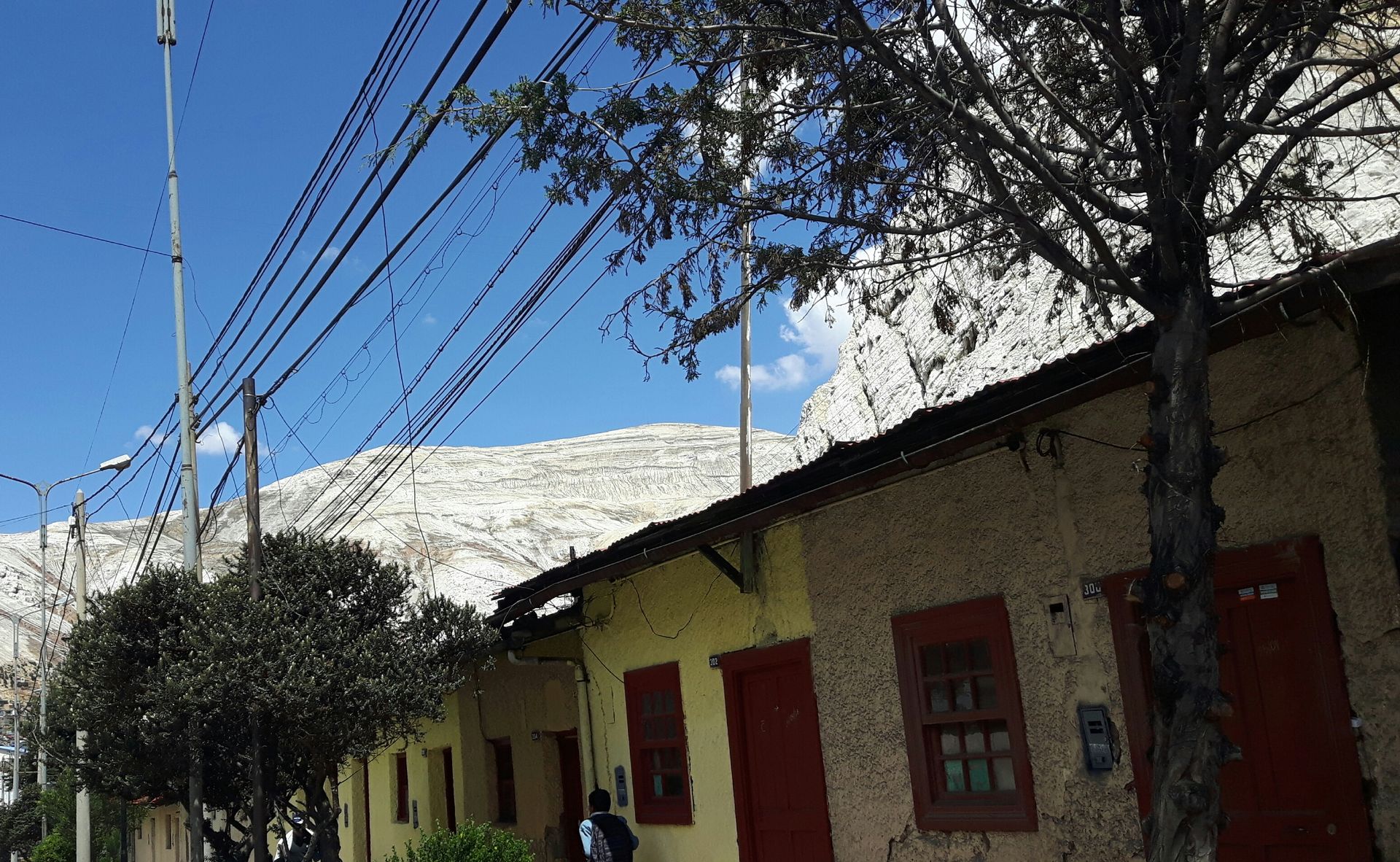
The charm of the past: it looks quite nice, but across the street are the ugly blocks and in front of them is the noisy road.
Around me, pedestrians pass through the construction area and make comments. The construction workers are busy. Fortunately, no crowd forms.
I'm done quickly and drive along the Río Mantaro, with desolation on both sides. No fertile meadows, just rocks and maybe clumps of grass. The direct consequence of raw material extraction is noticeable here.
The mountains look like they've been purposely destroyed. The black spoils accompany me for a while. I wouldn't want to live here. The people have to live here, and no one thinks of demanding environmental protection measures from the US mining company Doe Run. The population accepts their fate and tolerates lead in their blood, asthma and bronchial diseases, as well as kidney problems.

600,000 tons of rock that have been harvested...
At some point, the landscape changes. It becomes green and fertile. Before that - just before a bridge over the Río Mantaro - the wasp makes itself heard again.
I think I'm alone and curse loudly and extensively. I change the nozzle and hear Gringo calls in the background. Hm - he must have heard my shouting... I don't pay attention because I want to finish and don't want to answer any questions. Suddenly, the Gringo caller is standing behind me - moment of shock, but harmless - and just wants to sell me cheese. So that's what I've been hearing the whole time. He's sitting by the roadside, where a bump forces drivers to slow down to slowly overcome the bump and hopes for customers.
But my thoughts are more focused on the wasp. It slowly becomes apparent that the nozzles have to be changed so often in a short period of time. When I drove from south to north, it was maybe a topic every two to three days. It starts up again after the change. It takes a moment, but that's probably because the fuel pump needs to provide fuel again. There are only two possible causes: the spark plug, which I have already replaced, and the air filter, which is surely full of dust.
Scenically, it's getting more beautiful, greener, and more spring-like. The campesinos are in the fields or on the side of the road, sorting and drying berries.
Huancayo is approaching. I hope it's a city similar to Huaraz. Traffic is chaotic as usual. Peruvians have a passionate and joyous game: who has the most beautiful, loudest, and most diverse noise makers. It doesn't have to be just honking. The imitators of police sirens are particularly popular here. The button for it is located by the gear lever and is easily accessible.
Maybe the mayor made a deal with the road construction company - the main roads are torn up, completely gutted, and dust heavily. The driving behavior of Peruvians contributes to it as well. The roads are accompanied by shops with outdoor displays that are completely covered in dust and cannot be sold anymore.
A policewoman scolds me because I advanced to the intersection even though she had already given the stop signal with her whistle. Zebra crossings or white markings have faded and are no longer visible. I show compliance and meet her later repeatedly during my quests in search of a hotel. Especially at the point where I don't know if I'm allowed to turn left. Peruvians are always honking anyway. She looks at me recognizingly - first angry, then smiling, resigned - and I make sure to move out of her line of sight.
I finally find my lodging with the help of a taxi driver, whom I ask to take me to a hotel with a garage. The engine keeps dying on the way there. In the middle of the intersection. Finally, a reason to honk for a long time! But I remain calm - it will start again soon. So I follow the taxi driver until he stops in front of a hotel. It's called El Presidente! The fancier the names of the hotels - also in our country - the worse their condition. But that's not the case here.
I enter a lobby furnished with beige leather armchairs and small club tables. I don't fit into this ambiance at all. I inevitably stand out. Gringo and the motorcycle jacket with fluorescent green colors on the chest and arms. In addition, I haven't showered for two days, I've had several nozzle changes, and my hands look like those of a street dweller. It's supposed to cost 200 soles per night. Maybe the hotel receptionists hope for a certain deterrent, but after completing the payment process, I notice the return of professional friendliness.
The wasp stands next to SUV cars. It looks just like me. I am helped with the luggage.
The room is like a 200 euro business hotel. Everything is tidy and functional. The shower is hot, no horse blankets, and a hotel restaurant.
The room costs around 50 euros, an average dinner is 15 euros. In the restaurant, there are 4 TV sets hung side by side and on top of each other on the walls, showing a Disney movie, with only one TV set in the front half showing the same program, fortunately. It wouldn't be anything special if a different program at a similar volume was shown here.
I fulfilled my wish from yesterday. I checked in for three nights here.
25.10.
A wide bed with a feather duvet, a total of 6 (!) pillows. Everything is very decent - European standard. There are worlds between the hens at the head and the meowing cat and the luxury here. I wonder how the maids cope with it or the waiters who serve great menus, the chambermaids who make the beds with the 6 pillows. And in the evening, they're back in their modest homes.
Today, there is no outdoor program planned. I have to process the last few days and put them in the blog, organize the spare parts for the wasp, and contact the shipping company to find out when we'll be leaving.
Tomorrow, the wasp still needs to be made 'intersection-safe' with a spark plug and a cleaned air filter. I'm a little worried about the ignition switch. I will have a new one in Cusco. The 'Flying Dog' hostel will receive my mail. They immediately sent me a confirmation, so I can be reassured that the parts will really be at the reception.
26.10.
The agenda for today is different. But the wasp wants my undivided attention.
The spark plug change is quickly done. It's pitch black. So too much fuel, hence too big nozzles for this altitude.
Once that's done, I discover two spots below the fuel pump. The hoses are no longer secure. The lower third of the fender needs to be removed, which is quick. In doing so, I find that the pump is only attached with one screw. The other one has come loose from its guide due to the jolting on the bumpy pistes.
The workshop in Quito didn't tighten it. Well, this problem is also relatively quickly solved.
A final look into the engine compartment, and I find that one of the coolant hoses is wet. The cause is the hose clamp. Inside its circle, there is a sharp-edged metal tongue that remains quiet for the most part. Only when the nozzle is changed and the carburetor is removed, it presses into the rubber. It does it twice, then there is a cut and it starts dripping.
With that, I am at the end of my on-board tools. Only a ferreteria, which sells me hose clamps with a smaller diameter, is left. Off to the next taxi and there, where one ferreteria is next to the other and where I can also get coolant, a 3-meter-long coolant hose, a wire brush for cleaning the spark plugs, and spark plugs. There's only 'no hay' with the hose clamp. Until a salesman tells me I can use cable ties. I'm not entirely convinced and later ask Wilfried via voice message, who recommends wide cable ties that can withstand the pressure of hot water.
So, the day is almost over. I haven't seen anything of the city. That means for tomorrow, I will look for a workshop that will shorten the hose clamp and keep the metal tongue out of reach. Let's see what tomorrow brings...
27.10.
This metal tongue that destroys my coolant hose doesn't leave me alone.
I have breakfast just before 8 a.m. because the issue should be resolved this morning.
I discovered another ferreteria yesterday evening - and where there's one, there are several - and my first task this morning is to have my theory of removing the metal tongue confirmed. The first one sends me to the second, and there I explain it to the salesman as best I can, but he shakes his head. I understand why my theory doesn't hold up, and it also confirms what Wilfried said in his voice message. So if this metal tongue is an immovable part, then I just have to bend it back so that it can't cause any damage.
The sun shines only moderately - I get to work immediately. The air filter - a part made of foam - has surely gained a one to two millimeter thick layer of dust. I shake the dust off and clean it with brake cleaner. Thanks to the strong sunlight, it's already dry after just 5 minutes. While I removed the air filter, the wasp idles. I want to know if the cable tie can hold the coolant hose or if it will be 'thrown off' like the lid of boiling water.
After about half an hour, the cable tie, which should hold the hose directly on the carburetor, gives way. A puddle quickly forms, and it must be stopped. Only a wrong move together with the enormous pressure on the line - and a fountain of boiling hot water shoots towards me. Even though I preemptively gave the hose a different direction, it rotated due to the pressure and directed the fountain towards me. Now the other arm also has a spot, but other than that, everything went moderately.
I hold the hose shut with pliers, let the other side of the hose drip off, and close it. In doing so, I discover that one original clamp is not needed. I take that one and reconnect the other half of the hose to the carburetor. The clamp can handle the pressure. The hose is in place.
The other cable tie also withstands the pressure because it is further away from the carburetor.
I let the wasp continue to idle while I reinstall the air filter.
Everything remains dry.
Afterwards, I go to the restaurant to order a Coke. All tables are unoccupied, so I chat with the waitress. Most people, including her, are always puzzled that I'm traveling alone. I told her about my reception at the reception - dusty and in the wrong outfit for this business hotel - first she looked puzzled, then she laughed. Of course, she wanted to know the time to assign it to the colleagues who were on duty.
Afterwards, I check my apps and emails. Alexander writes that he has sent the ignition switch and 6 spark plugs via DHL today. The shipment should arrive in Cusco in six to seven days - if it wasn't for customs.
Nora writes from the beach of Salvador de Bahia, most professors come late, then sit in the front row and correct - basically, they have to read everything themselves. But it's interesting nonetheless.
After a siesta, I set off into the city.
It's just plain ugly. It has been neglected over the past decades. The city administration building doesn't match the surrounding architecture, where the houses standing here certainly don't deserve to be called architecture.
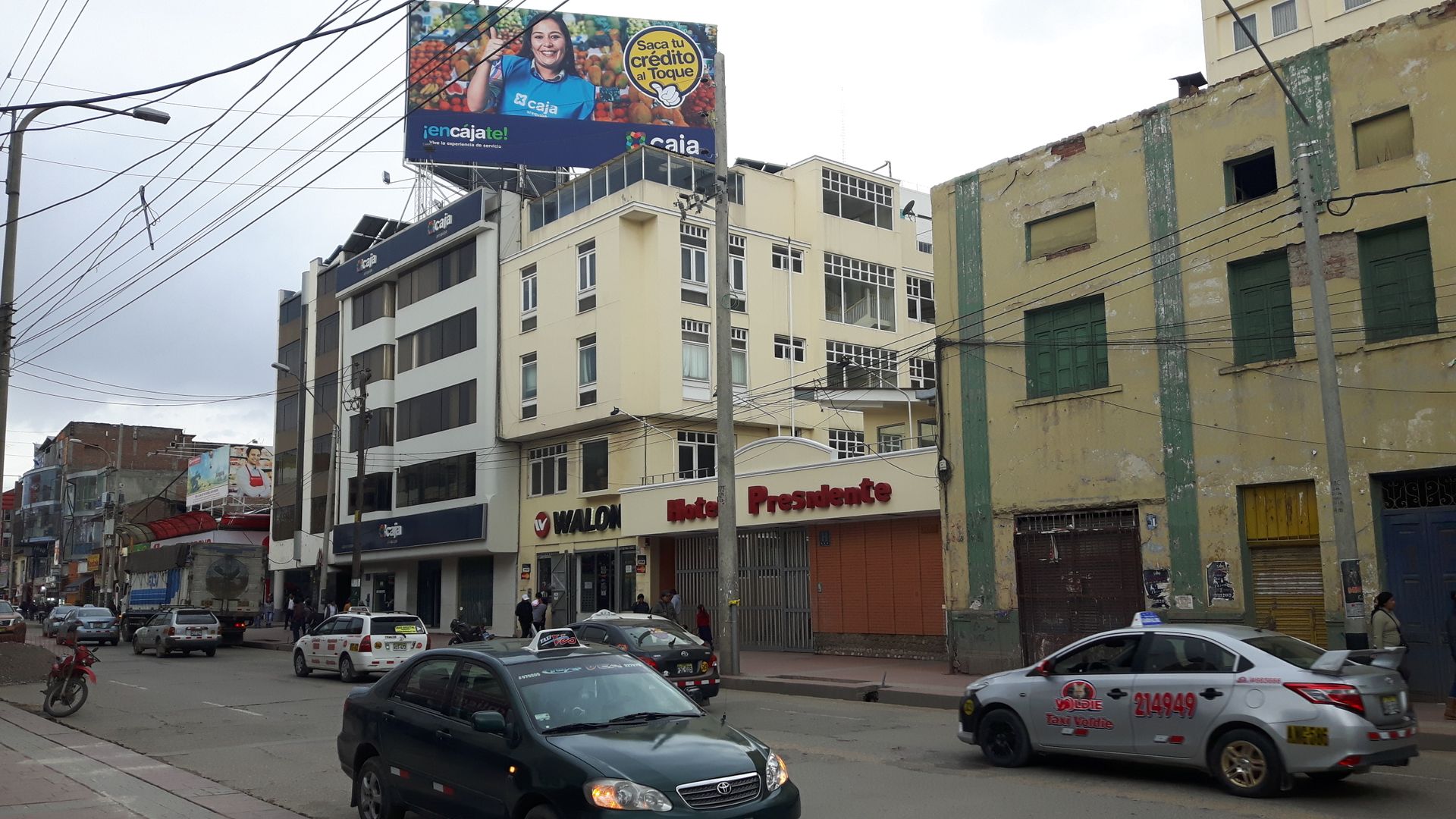
El Presidente - well shielded against robbers
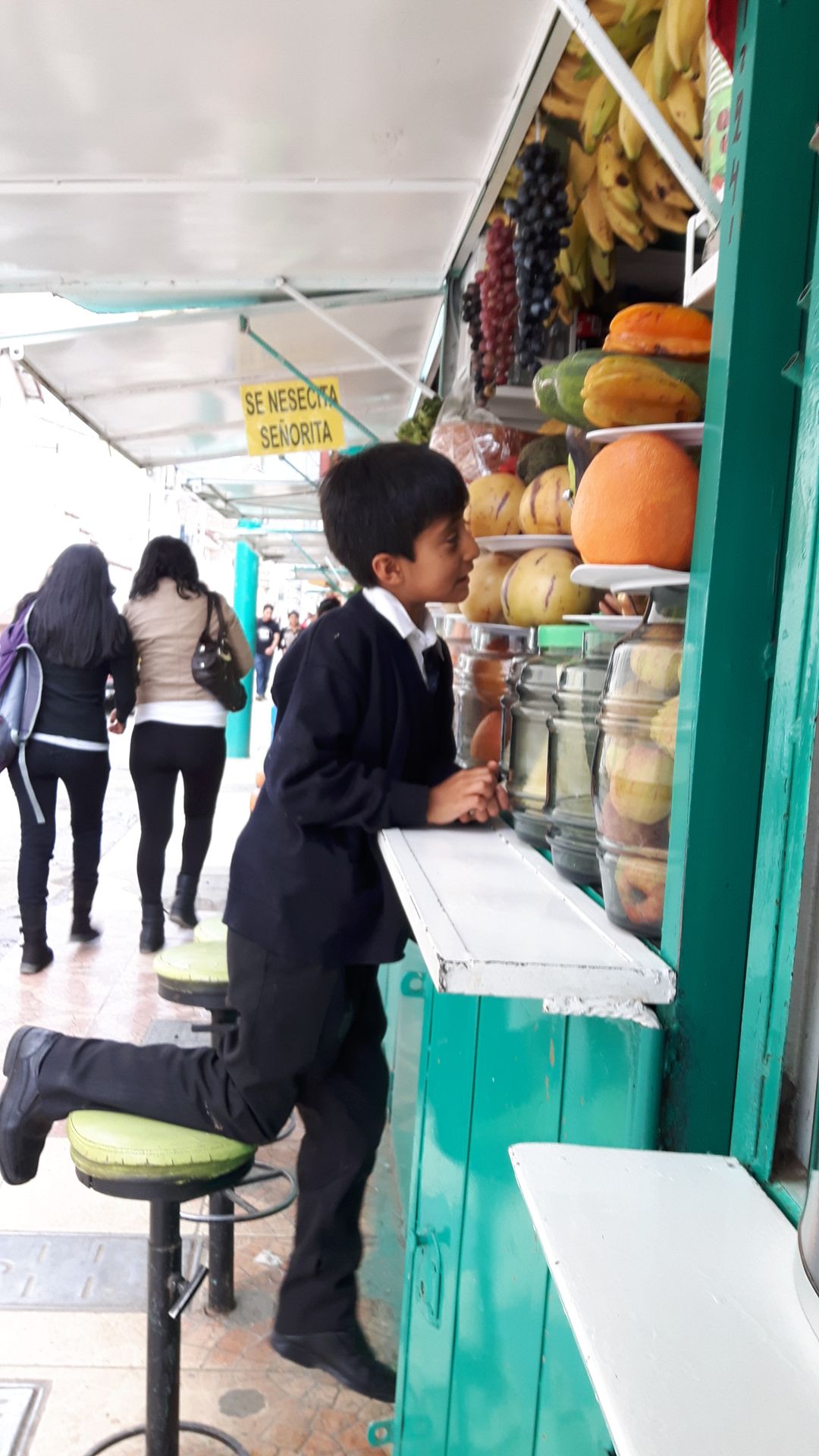
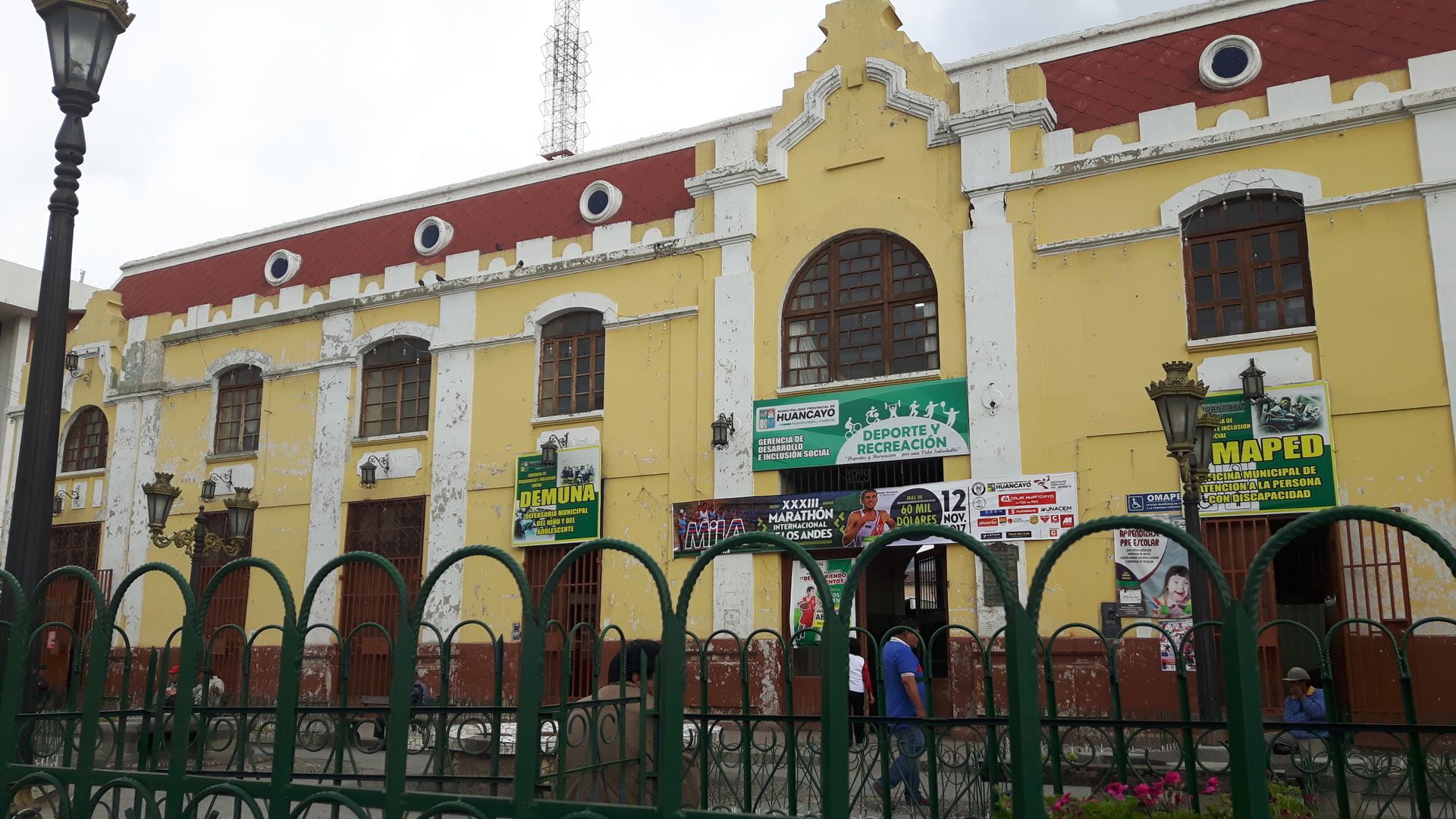
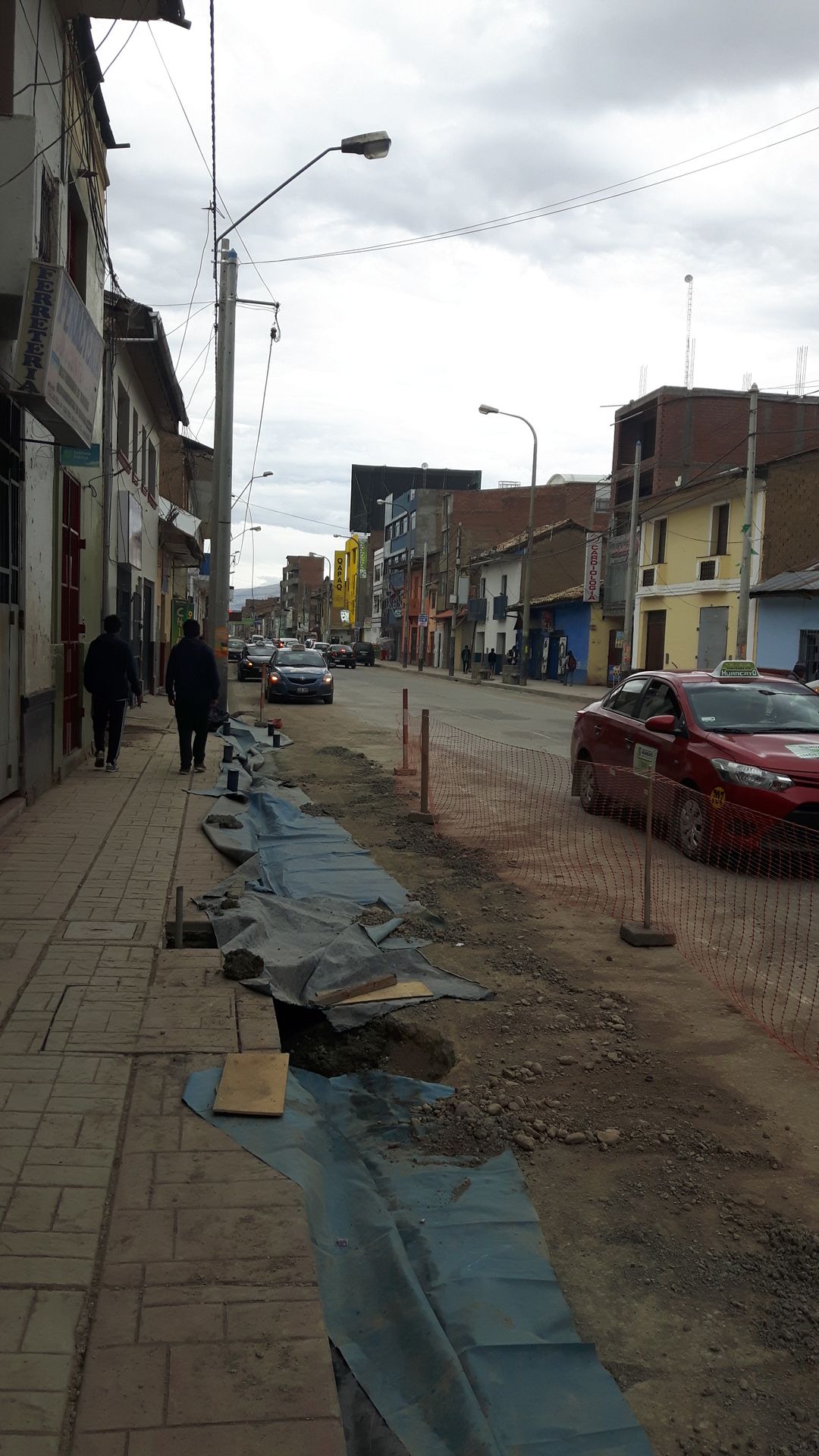
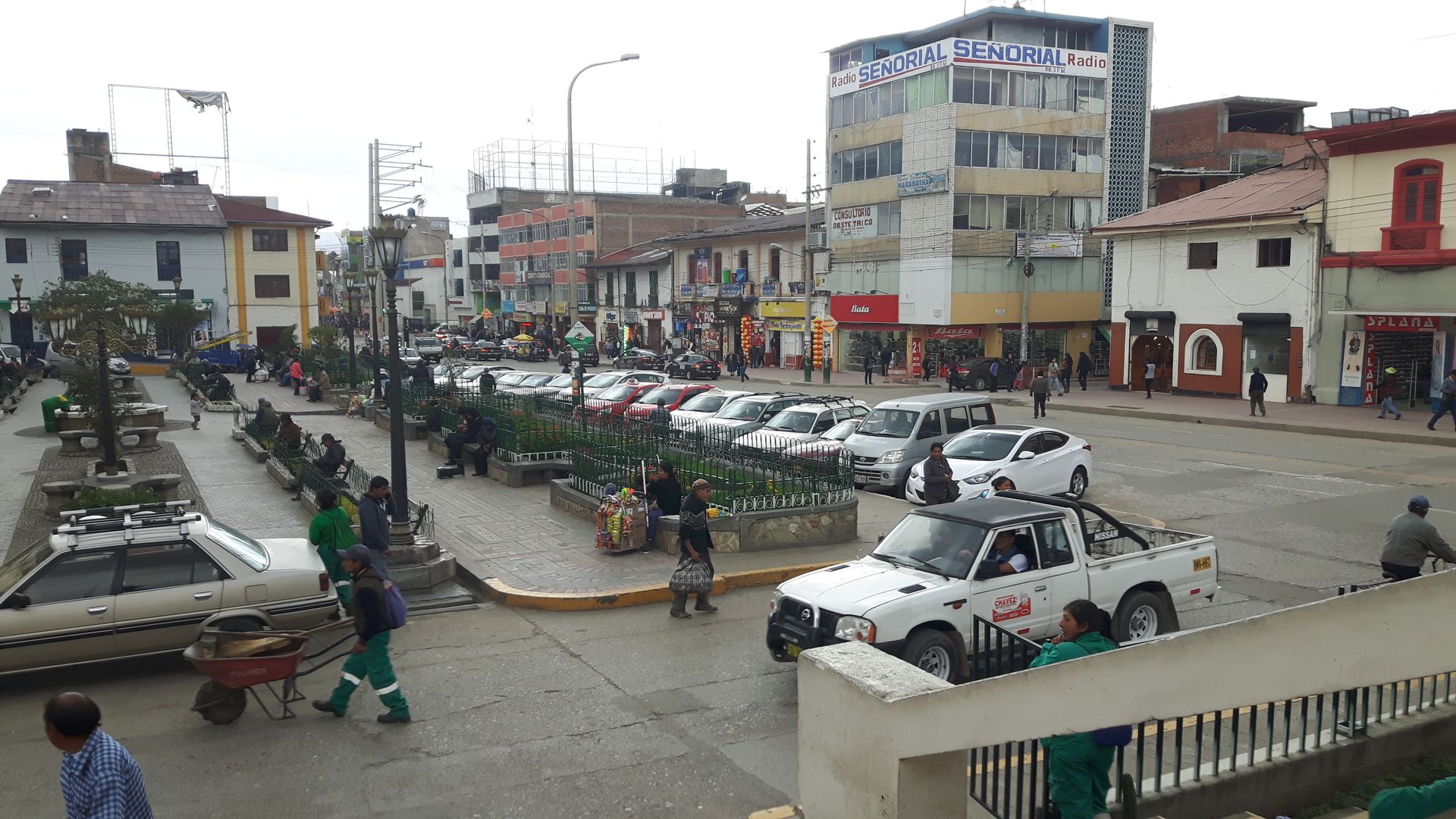
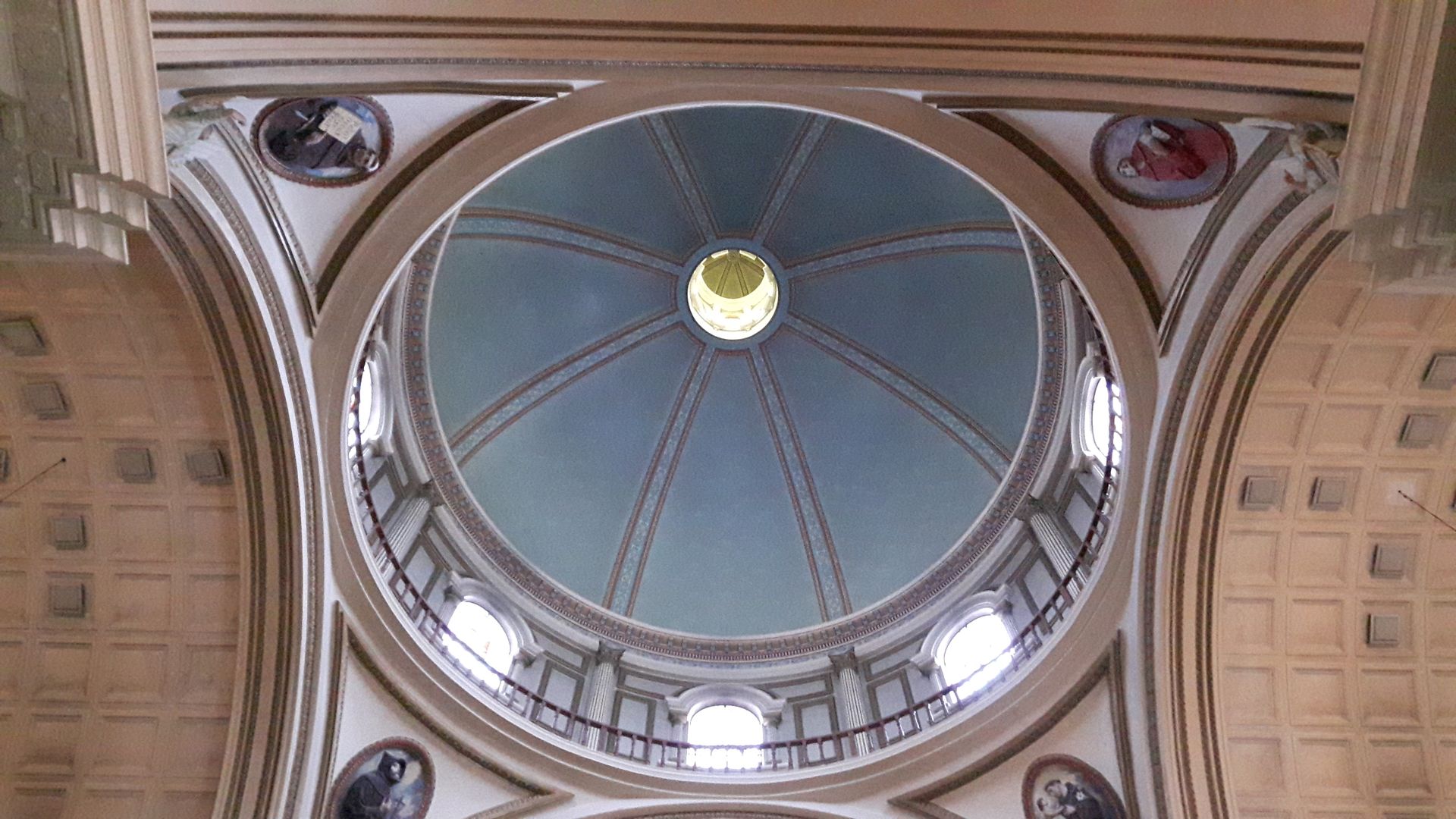
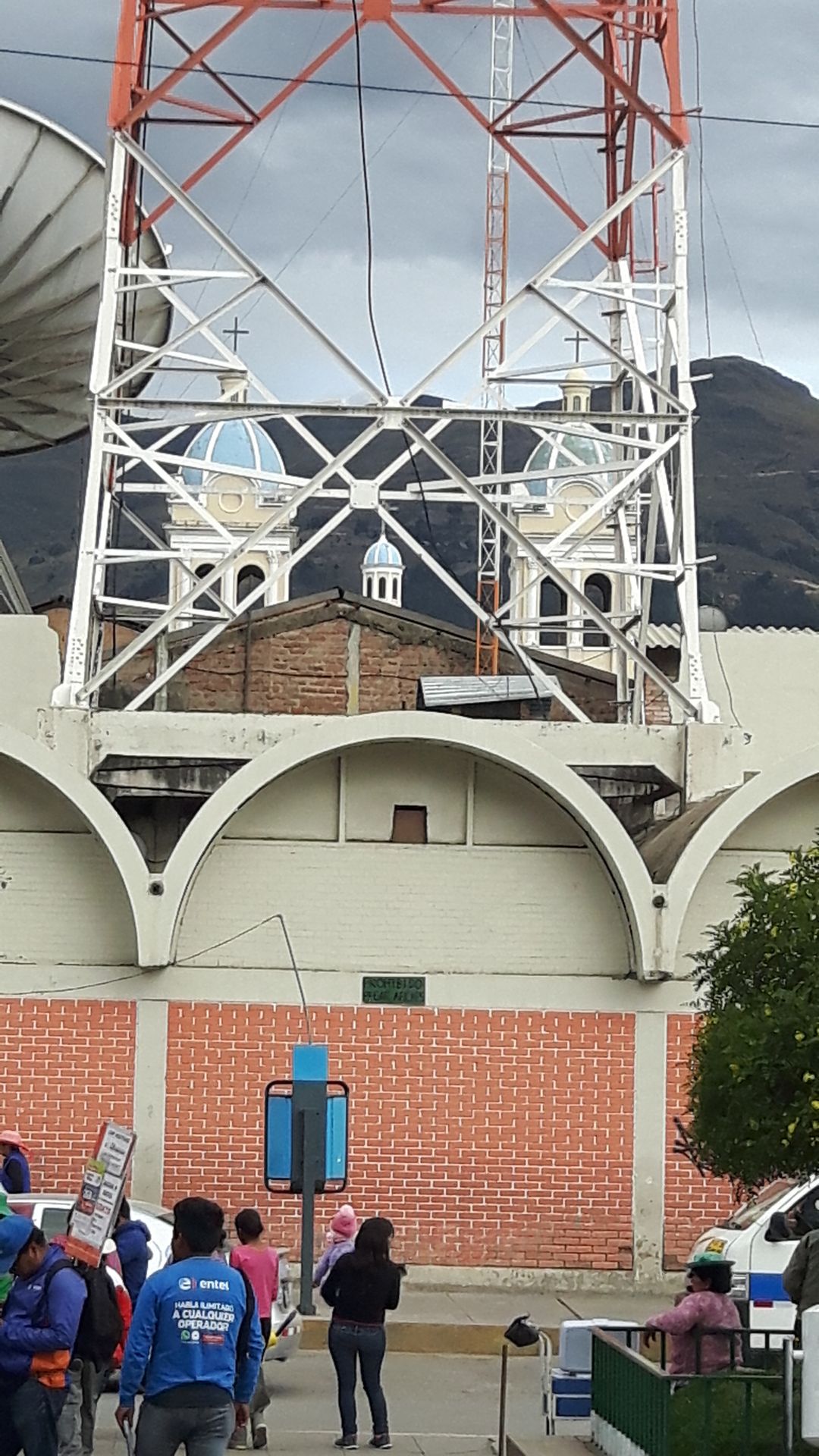
The church doesn't fade into the background in Peru and doesn't yield to modern life
Tomorrow, I need to get up early, pack, and then go along the 3S. I've had better experiences with it than with its sister, the 3N.
From now on, I'm in southern Peru.
समाचारपत्रको सदस्यता लिनुहोस्
जवाफ

यात्रा रिपोर्टहरू पेरु
